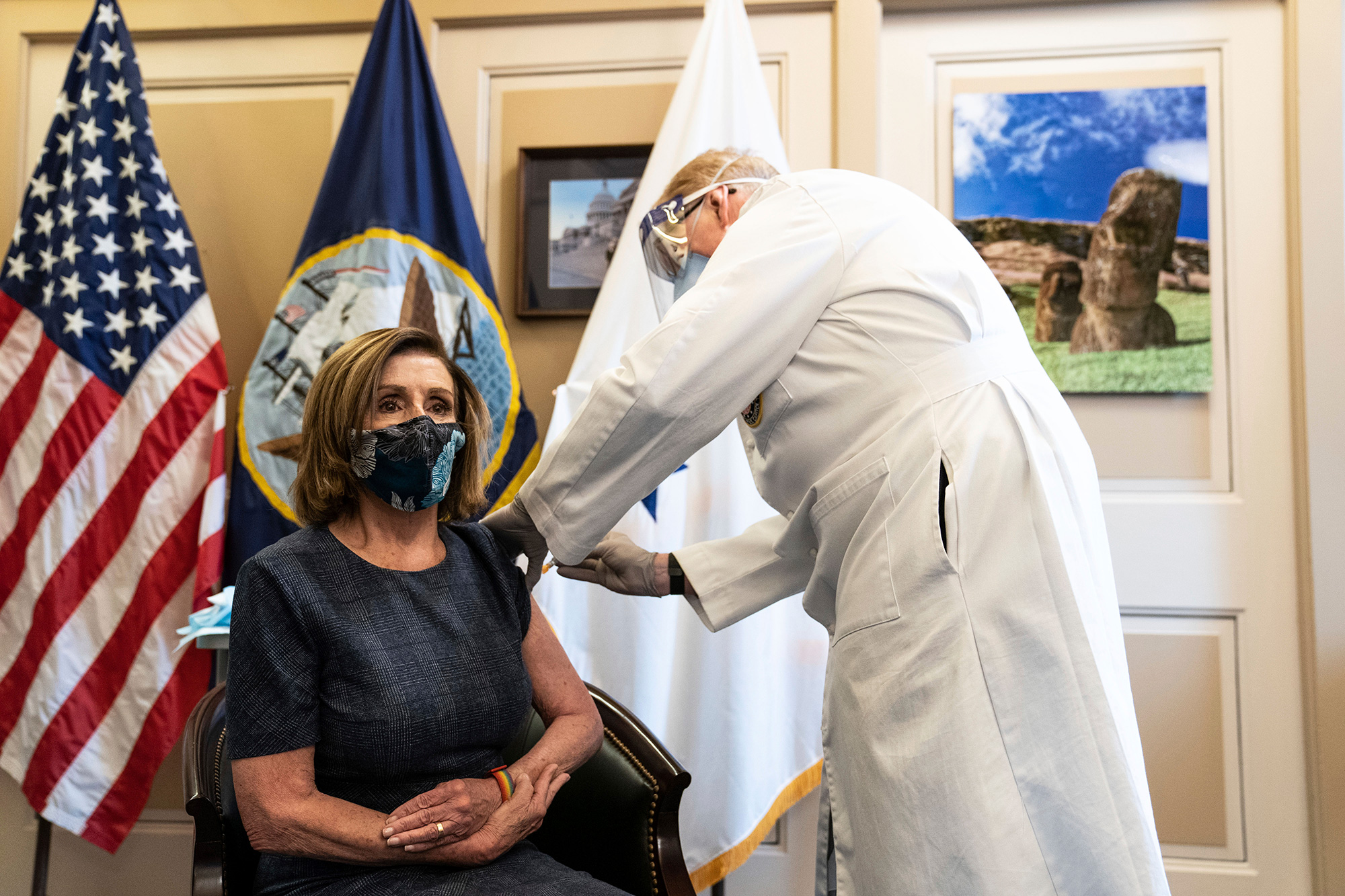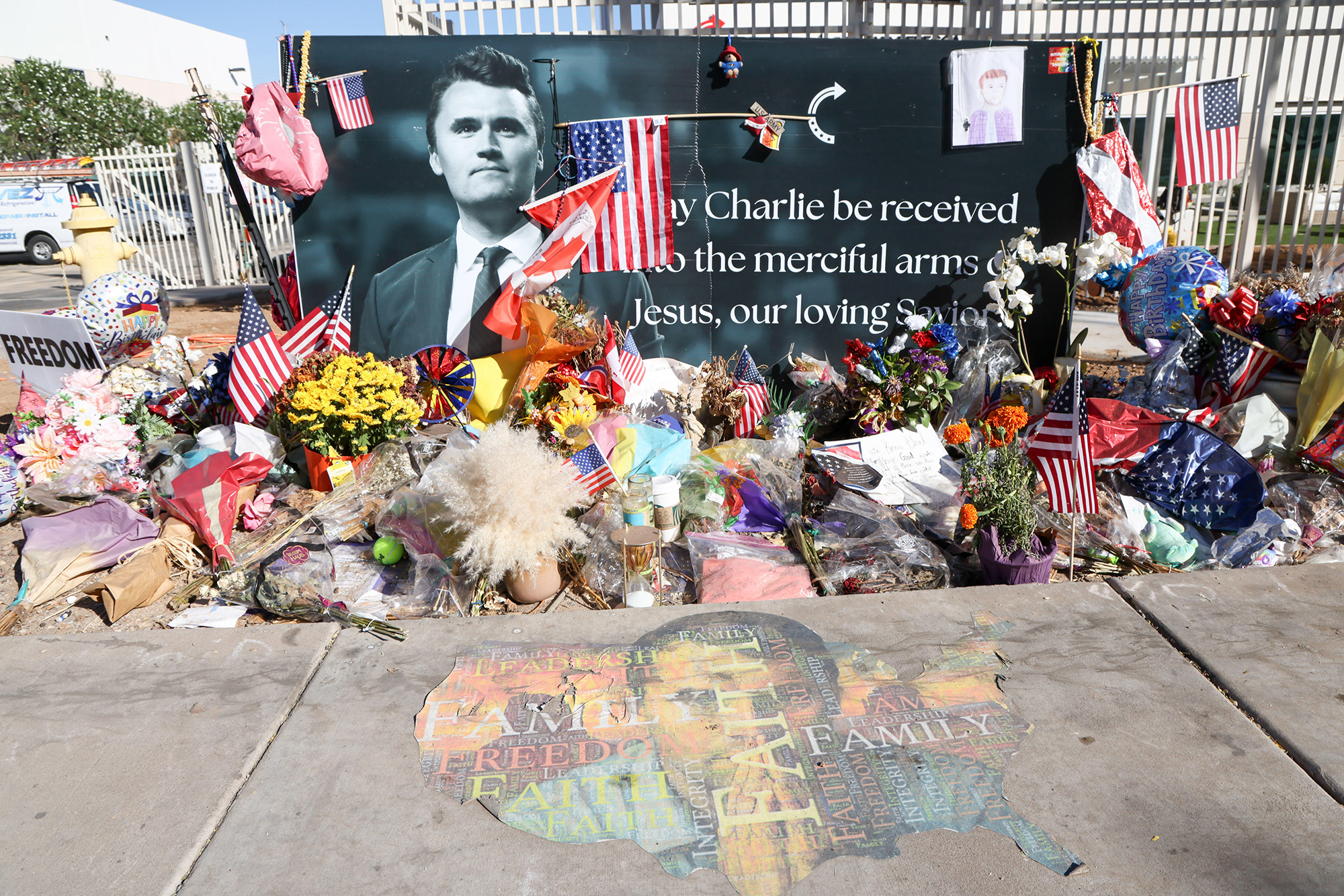From Georgia to Kuwait to Ukraine – a snapshot of American action, inaction, and everything in between
The war in Ukraine is not the first time the U.S. has asked itself, “Should we get involved in someone else’s war?”
The chart below lays out how America has responded to major post–Cold War conflicts – where we intervened, where we sat out, and what form that support took.
In one case, we led a full-scale war. In others, we relied on airpower, arms shipments, or sanctions. And sometimes, we did almost nothing at all.

The situation in Ukraine is much more straightforward than other conflicts on this list: Russia illegally invaded a sovereign nation unprovoked. Most other conflicts since the Cold War have been civil wars, proxy wars, or interventions where the lines are blurred.
But these two case studies of similar conflicts – one even involving Russia – can serve as a benchmark to judge America’s response to Ukraine.
Russia–Georgia War (2008)
This is the closest historical parallel. A pro-Western democracy on Russia’s border was invaded under the pretext of protecting Russian-speaking separatists. Georgia asked America and its allies for help.
The U.S. condemned the invasion and delivered humanitarian aid. Some Georgian troops were fighting alongside U.S. forces in Iraq and the U.S. flew them back to Georgia, but that’s about it.
Georgia asked for help. The U.S. condemned the invasion, flew in humanitarian aid, and helped evacuate Georgian troops from Iraq – but did not send a single soldier or weapon to defend Georgian territory.
Russia kept control of the Georgian territory it conquered and paid little long-term price. Many believe the weak Western response in 2008 paved the way for Putin’s escalation in Ukraine.
Gulf War (1990–1991):
Under Saddam Hussein, Iraq invaded and annexed its much smaller neighbor Kuwait. Saddam claimed Kuwait was stealing Iraqi oil, but most analysts believe Iraq just wanted Kuwait’s money and oil.
America’s reaction was swift and decisive. The U.S. secured UN backing and rallied 42 countries to liberate Kuwait. The U.S. sent over 500,000 American troops, 2,000 tanks, and 2,000 aircraft to drive Saddam out. They were successful, and Kuwait was liberated in a matter of days.
How Ukraine Stacks Up
America’s reaction to Russia’s invasion of Ukraine falls somewhere between the invasion of Georgia and the invasion of Kuwait. We’re not sitting out hands like with Georgia, but we’re not leading an all-out war like we did against Iraq.
And, for the most part, it shows that the U.S. can make a difference even without putting boots on the ground. Unlike Georgia, which fell in less than a month, Ukraine has been fighting for years and the front lines have barely moved since Russia first invaded.
The U.S. doesn’t respond to every war the same way. But when it chooses to act – even short of full-scale intervention – that choice matters.
Related
Peyton Lofton
Peyton Lofton is Senior Policy Analyst at No Labels and has spent his career writing for the common sense majority. His work has appeared in the Washington Examiner, RealClearPolicy, and the South Florida Sun Sentinel. Peyton holds a degree in political science from Tulane University.





You must be logged in to post a comment.